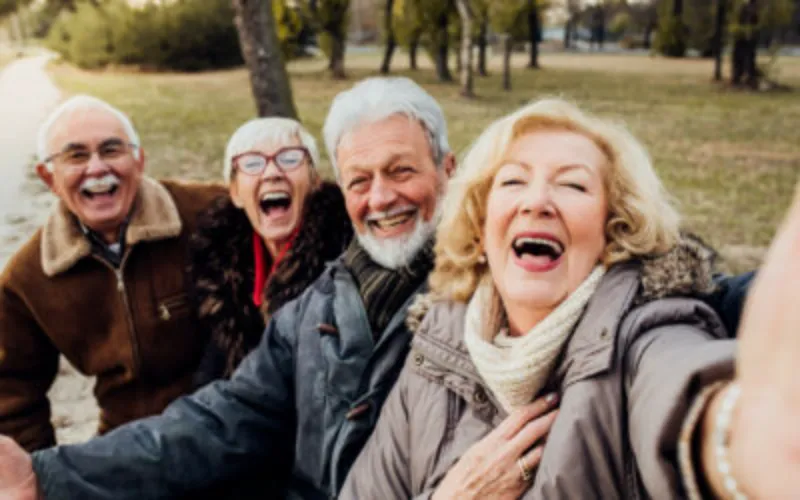As we all get older there are certain unavoidable changes that happen to your body. We get a bit less flexible, we lose muscle size/strength as well as bone density and we develop changes in our joints, what I like to describe as “the grey hairs and wrinkles on the inside”.
Add to this an increased fear of falling and a reduction in our ability to balance and this can make you more likely to experience a fall and can start to limit your physical activity and independence.
The good news is there are plenty of things you can do to reduce the impacts of aging on your body and maintain your independence.
- Build muscle strength
Loss of muscle mass and strength as we get older (the medical term for this is sarcopenia) can be counteracted by engaging in strength training. Muscle strength acts a bit like the fuel tank in your car, the fuller the tank the further and faster you can drive. Having a good level of muscle strength means we have more capacity for doing day to day tasks like getting out of a chair walking upstairs or climbing a hill.
The most efficient way to build muscle strength is working with high resistance and a low number of repetitions at least twice a week. The trick is to find a weight that you can only lift 5 times and are unable to lift a 6th time without losing your technique (this is know as your 5 repetition maximum). Research tells us doing 3 set of 5 repetition maximum twice a week will allow you to build muscle strength within an 8-12 week period. - Practice balance and reaction skills
A reduction in our ability to balance as we get older can contribute to an increased risk of falling and lead to a reduction in physical activity. Balance is a learnt skill, it’s not something we are born with. If you have ever watched a young child just starting to learn to walk you’ll observe that they spend a lot of time falling over and practising for hours each day how to balance. As the child gets older these thousands of hours of practising balance allows them to improve. The loss of strength and reduced reaction times as get older can lead to patients having an increased fear of falling. This increased fear of falling can lead to people avoiding putting themselves in positions or situations that might challenge their balance. This leads to reduced practicing of the skill of balancing and over time it gets worse, this can then lead to a downward spiral with increased fear of falling leading to reduced physical activity and further deterioration in balance. A great way to help train and improve balance is using the Clock yourself app (https://www.clockyourself.com.au/) This is an app that you can download onto a phone or tablet designed by an Australian physio that gets you stepping in different directions at random. As your balance improves you can increase the speed and difficulty of the exercise. - Strengthen your bones
Our bone density can also reduce as we get older especially in women post menopause. A well researched way to improve your bone health is through weight bearing exercise. A recent randomised controlled trial completed in Australia called the Liftmor (https://youtu.be/2fx_LfZFxv0) trial had women performing strength training exercises twice a week for 8 months. The exercises included deadlines, squats, overhead press and drop pull ups. By the end of the trial all participants had improved their bone strength, reduced their falls risk and improved their muscle strength. Some women were even able to deadlift more than their own bodyweight.
